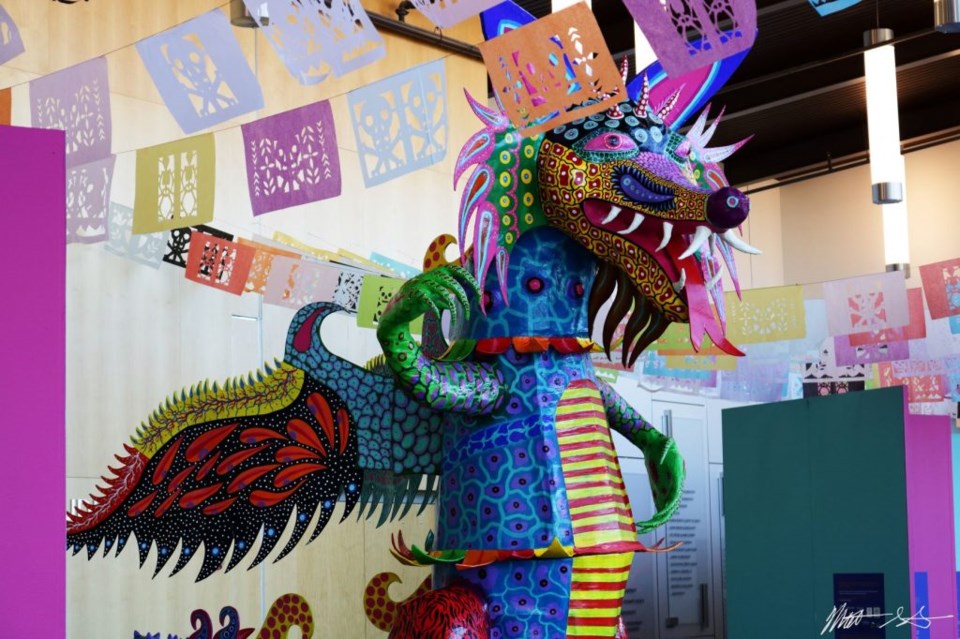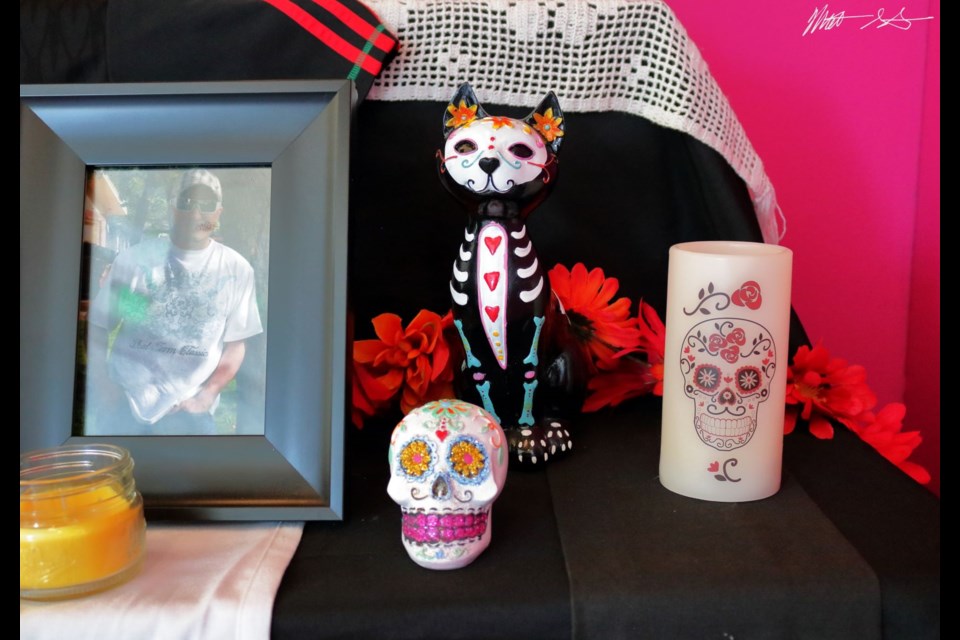This content was originally published by the Longmont Observer and is licensed under a Creative Commons license.
Since the Longmont Museum began celebrating 18 years ago, the annual El Día de Los Muertos (the Day of the Dead) celebration in Longmont has become the largest in Colorado.
Curator of Education and Day of the Dead Project Manager, Ann Macca, has been in charge of organizing the event for the past six years.
Altars or oferendas, are a large part of the Day of the Dead celebration. These altars are often a collection of information, personal experiences, memories, mementos and tributes to loved ones who have passed on.
Macca explains that the local celebration began as an initiative to engage Hispanic audiences and to welcome them at the museum. From the very beginning, a panel of community members have come together to plan the exhibition.
The rising rate of attendance each year at the Day of the Dead celebration is likely a result of an effort which comes from the volunteers. This community involvement, says Macca, is what makes this celebration different from others.
Macca states, “It’s not just the museum, it’s all of it partners downtown and around the community” who pitch in through different projects, that she believes stands out about Longmont. Each year the Longmont Downtown Development Authority organizes about 30 of the businesses on Main Street to display altars in their windows. Arts Longmont and local schools also participate.
The city is also celebrating the Day of the Dead in other ways, such as through the Catrina Ball at the Dickens Opera House and brought to Longmont by the Firehouse Arts Center, as well as the procession which was recently added to the event.
She also says, “Even though it’s primarily a Mexican and Guatemalan holiday, we celebrate it in Longmont to really honor that tradition but also embrace a multicultural event” to represent the community overall, “and you certainly see that in the altars that are on display.”

According to Macca, the museum celebrates these cultures by differentiating El Dia de Los Muertos from Halloween. While it may borrow from Halloween and vice versa, the word celebration is used because this process is supposed to be a joyful way to approach the subject of death and dying. For some, it can be “the only opportunity we have to celebrate death and the memories of our loved ones,” affording people a positive way to think about death.
“The Day of the Dead has been around since the Aztecs, but… you see it a lot more in popular culture these days, and as that notoriety has grown, our event has grown.” She also says that many people of various cultural backgrounds have enjoyed this celebration and continue to come back, as it is a very positive experience.
This cultural event is open to everyone, and the nature as well as the tone of this yearly celebration is described by Macca as “something bright and colorful,” because this is a celebration of life, which can cross all cultural barriers.



